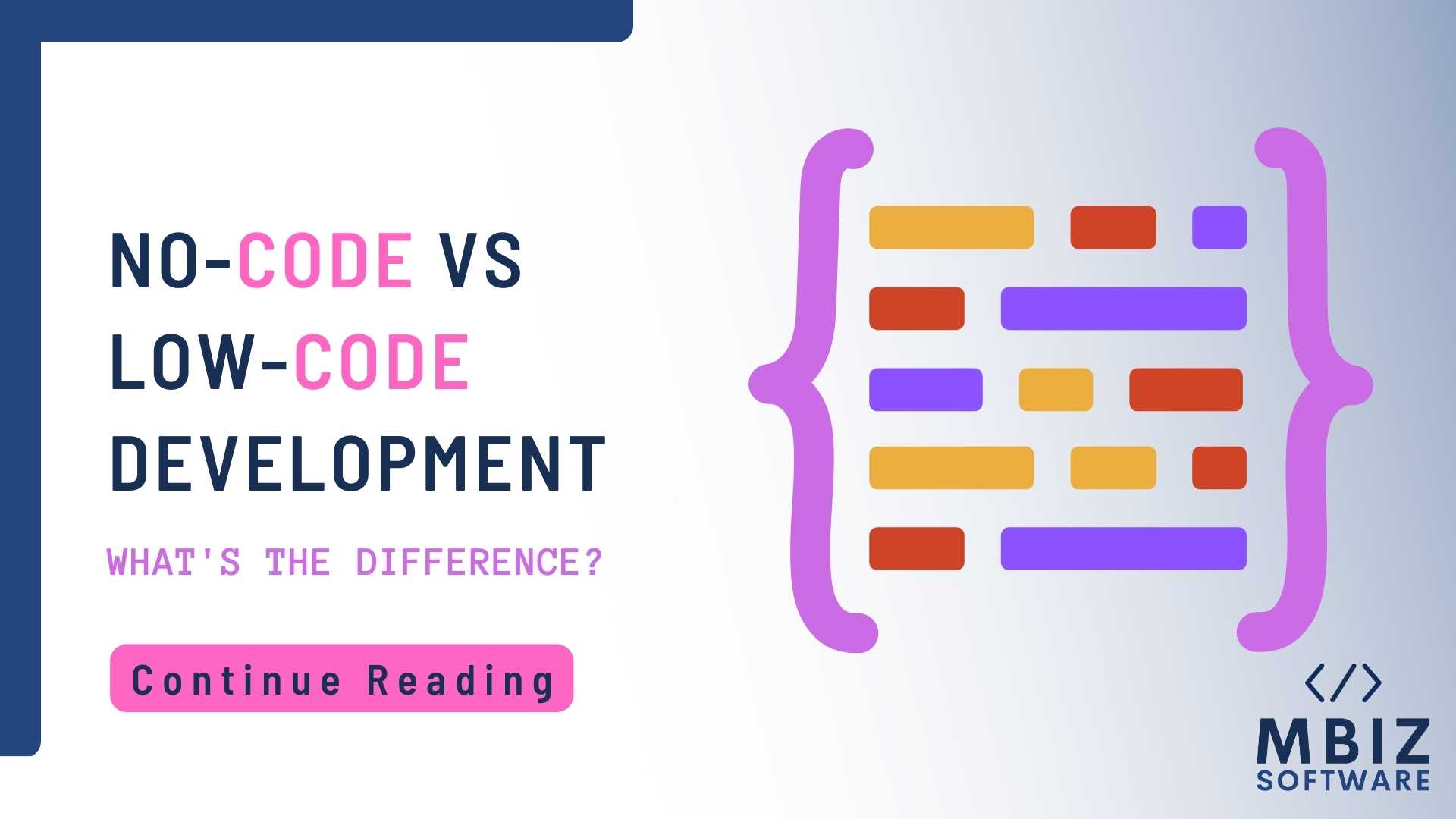In the world of software development, there are many different options for creating applications. Two of the most popular approaches are no-code and low-code. These are both methods of developing software without traditional coding. In this article, we will explore the differences between no-code and low-code, as well as their pros and cons.
How did it come about?
Before we dive into the differences between no-code and low-code, let’s take a quick look at their history. Traditional coding has been the primary method of software development since the beginning of the digital age. It involves writing lines of code in a programming language, which can be time-consuming and complex.
As technology has advanced, so have the tools available for software development. Low-code platforms were first introduced in the early 2000s as a way to simplify the development process. These platforms allowed developers to create software applications using pre-built components and visual interfaces, rather than writing code from scratch. More recently, no-code platforms have emerged as an even simpler way to create software. No-code platforms provide drag-and-drop interfaces and pre-built templates that allow non-technical users to create applications without any coding knowledge.
Pro-Code or Complete Coding still remains a relevant approach for developers, especially when it comes to building complex and scalable applications. However, low-code and no-code platforms have become increasingly popular for building simple to medium-complexity apps faster.
No-Code Software Development
No-code platforms are designed to make app development accessible to non-technical users. Some of the benefits of using a no-code platform include:
Pros:
- Faster development time: No-code platforms allow you to create apps much faster than traditional coding, as you don’t have to write code from scratch.
- Lower development costs: By eliminating the need for a dedicated development team, no-code platforms can be much more cost-effective.
- Greater accessibility: No-code platforms are much easier to use than traditional coding tools, making app development accessible to non-technical users.
- Less maintenance: No-code apps are typically easier to maintain, as the platform takes care of many aspects of development automatically.
Cons:
- Limited customization: No-code platforms are designed to be easy to use, which means that they often lack the flexibility and customization options of traditional coding tools.
- Limited functionality: No-code platforms may not be able to handle complex apps or high levels of data processing.
- Vendor lock-in: Because no-code platforms are proprietary, you may be locked into a specific vendor and be unable to move your app to another platform if necessary.
Examples of no-code software:
Low-Code Software Development
Low-code platforms are designed to make app development faster and more efficient for developers. Some of the benefits of using a low-code platform include:
Pros:
- Faster development time: Low-code platforms allow developers to create apps much faster than traditional coding.
- Greater flexibility: Low-code platforms offer more flexibility than no-code platforms, as developers can still write custom code to supplement pre-built components.
- Increased functionality: Low-code platforms can handle more complex apps and higher levels of data processing than no-code platforms.
Cons:
- Limited customization: While low-code platforms offer more flexibility than no-code platforms, they still have limitations in terms of customization.
- Higher learning curve: Low-code platforms can be more difficult to learn than no-code platforms, especially for those without a technical background.
- Higher costs: While low-code platforms are generally less expensive than traditional coding, they can still be costlier than no-code platforms.
Examples of low-code software:
What’s the difference between No-Code and Low-Code?
Differences:
- No-code platforms are typically simpler and more accessible than low-code platforms, but they also offer less customization and functionality.
- Low-code platforms are more flexible and offer more functionality than no-code platforms, but they require more technical knowledge and can be more expensive
Similarities:
- Both no-code and low-code platforms are designed to make app development faster and more accessible.
- Both types of platforms allow developers and non-technical users to create applications without traditional coding.
The decision between no-code, low-code, and traditional coding depends on the specific needs of your business and the complexity of the app you’re building. If you’re looking to create a simple app quickly and cost-effectively, a no-code platform might be the best choice. If you need more flexibility and functionality, a low-code platform might be a better fit. And, if you need to build a highly complex application, traditional coding may be the only option.
In conclusion, both no-code and low-code platforms offer an efficient and cost-effective approach to software development, but they have different strengths and weaknesses. At MBiz Software, we understand the importance of choosing the right development approach for your business needs and have the expertise to help you choose the best approach to develop the perfect solution to drive your business forward. Contact us today to learn more about our development services and how we can help take your business to the next level!
Got a Project or Idea?
Send us the details and we’ll be in touch within 24 hours.

